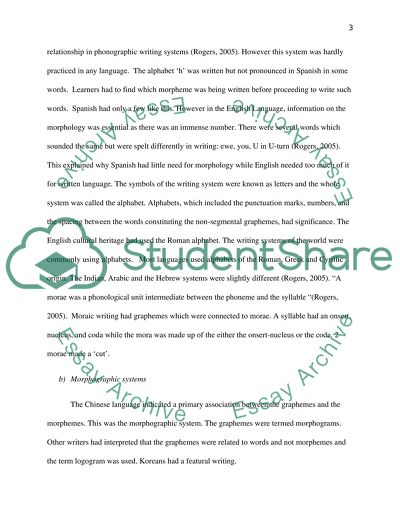Cite this document
(“Neuopsychology 2:What does double-dissociation tell us about language Essay”, n.d.)
Retrieved from https://studentshare.org/environmental-studies/1415681-neuopsychology
Retrieved from https://studentshare.org/environmental-studies/1415681-neuopsychology
(Neuopsychology 2:What Does Double-Dissociation Tell Us about Language Essay)
https://studentshare.org/environmental-studies/1415681-neuopsychology.
https://studentshare.org/environmental-studies/1415681-neuopsychology.
“Neuopsychology 2:What Does Double-Dissociation Tell Us about Language Essay”, n.d. https://studentshare.org/environmental-studies/1415681-neuopsychology.


